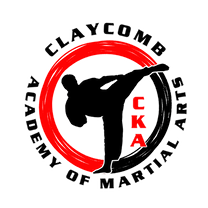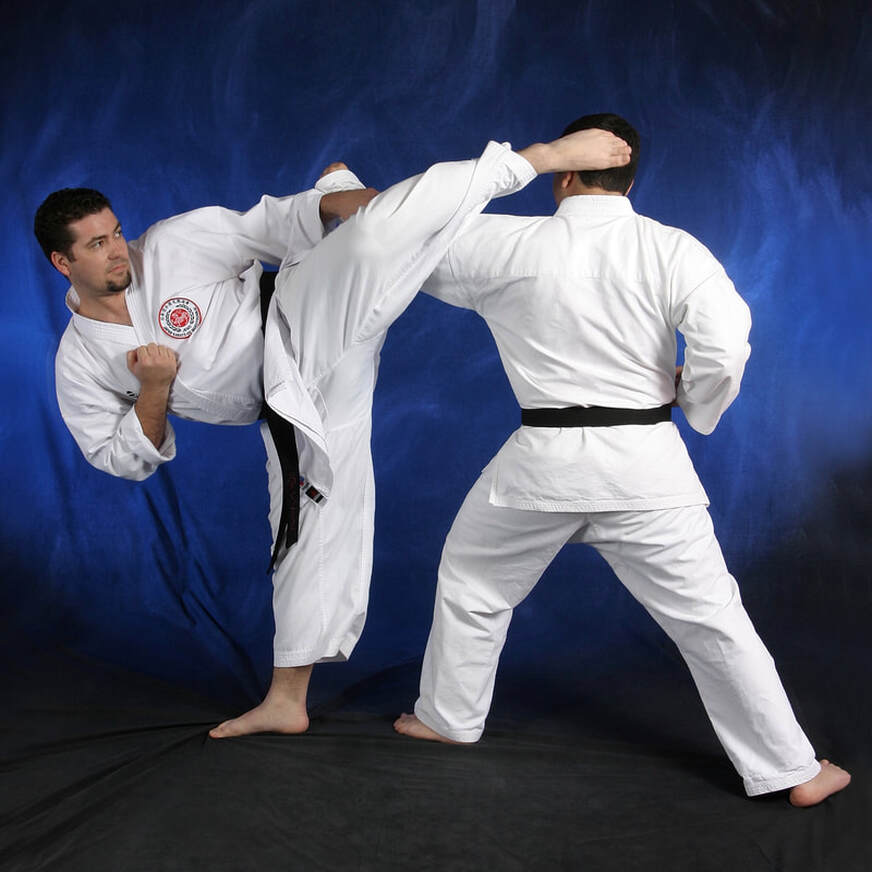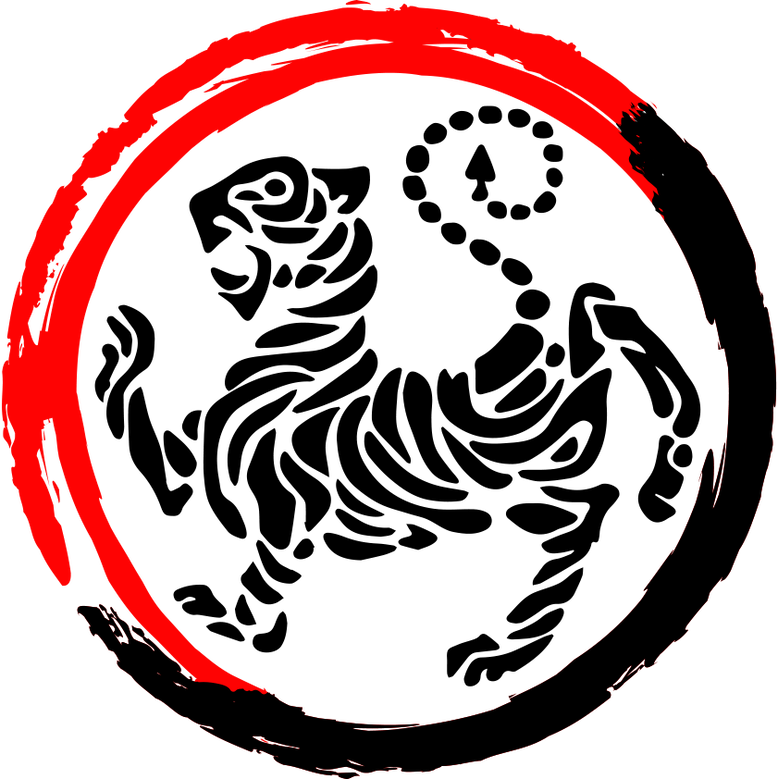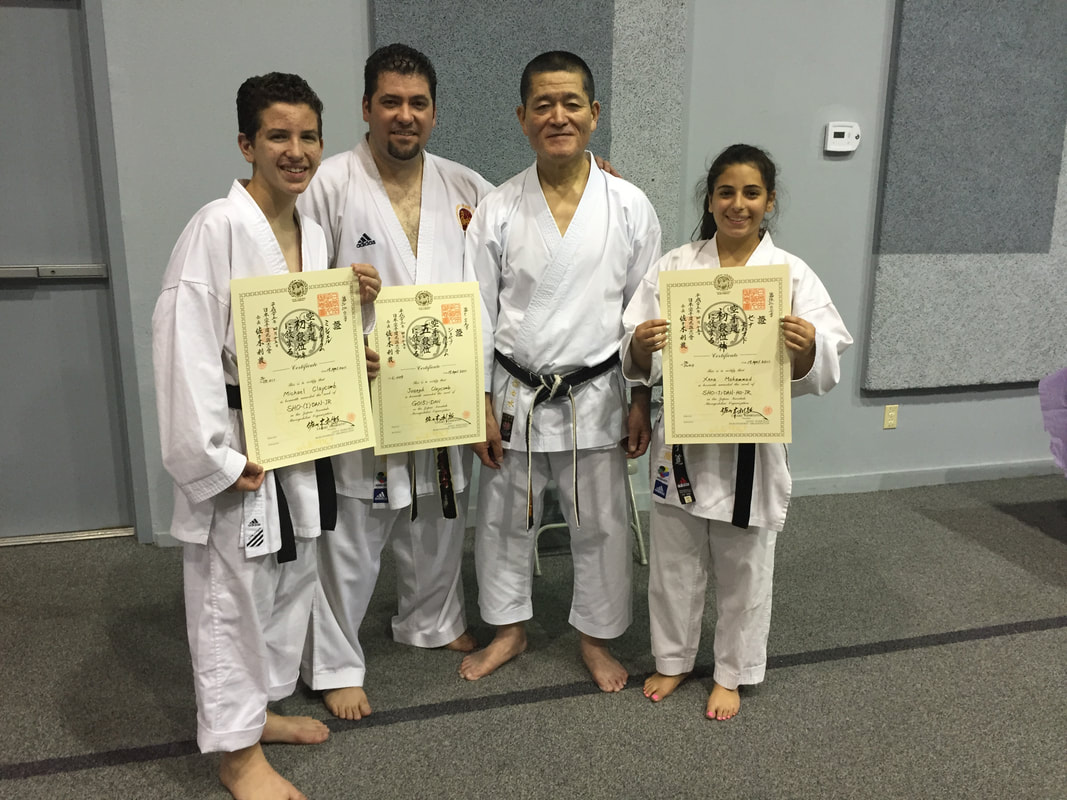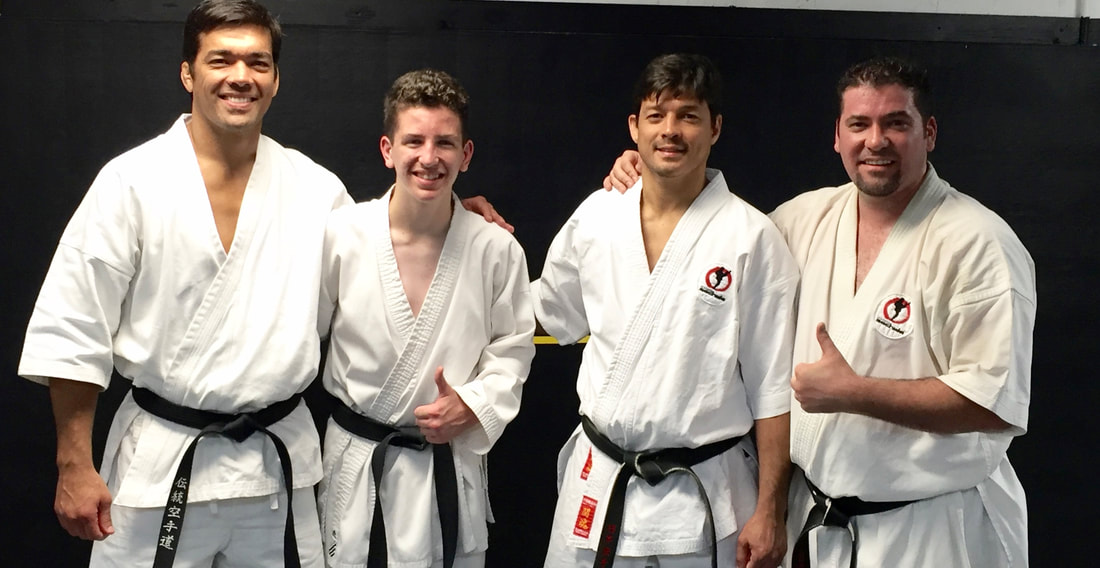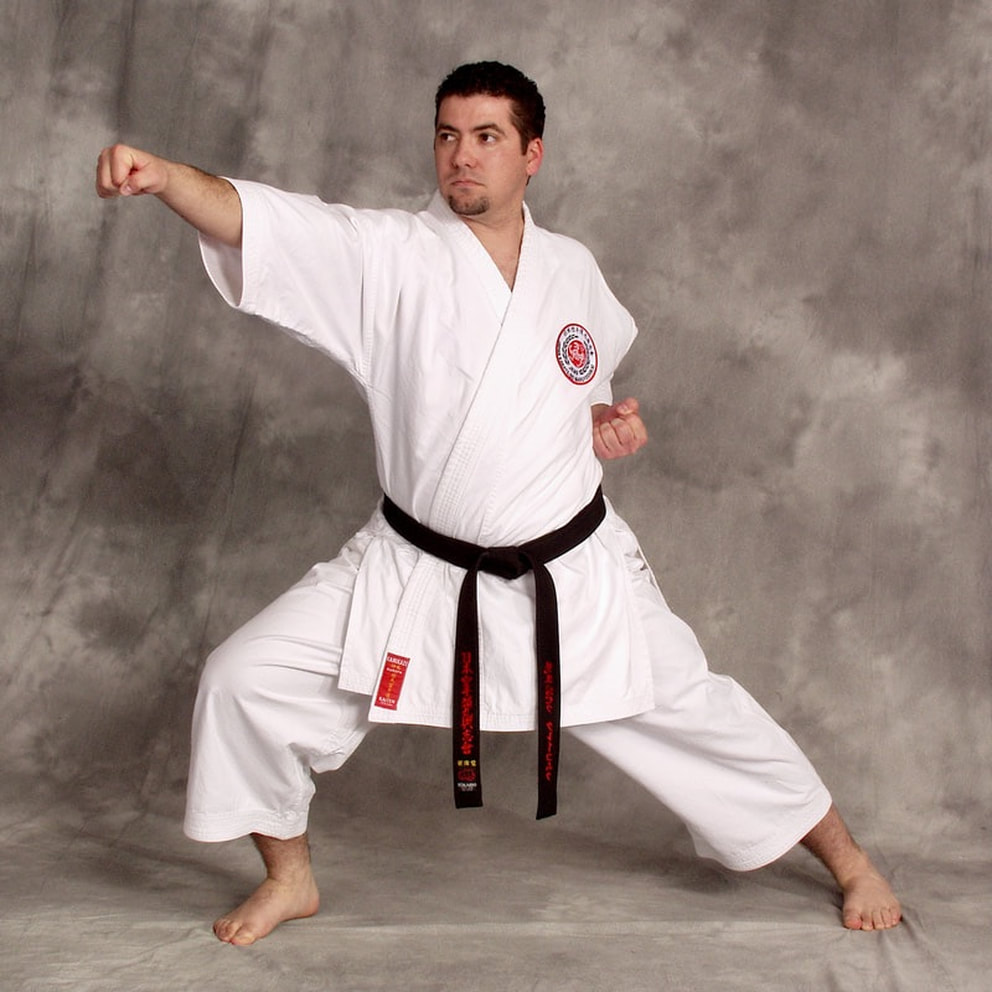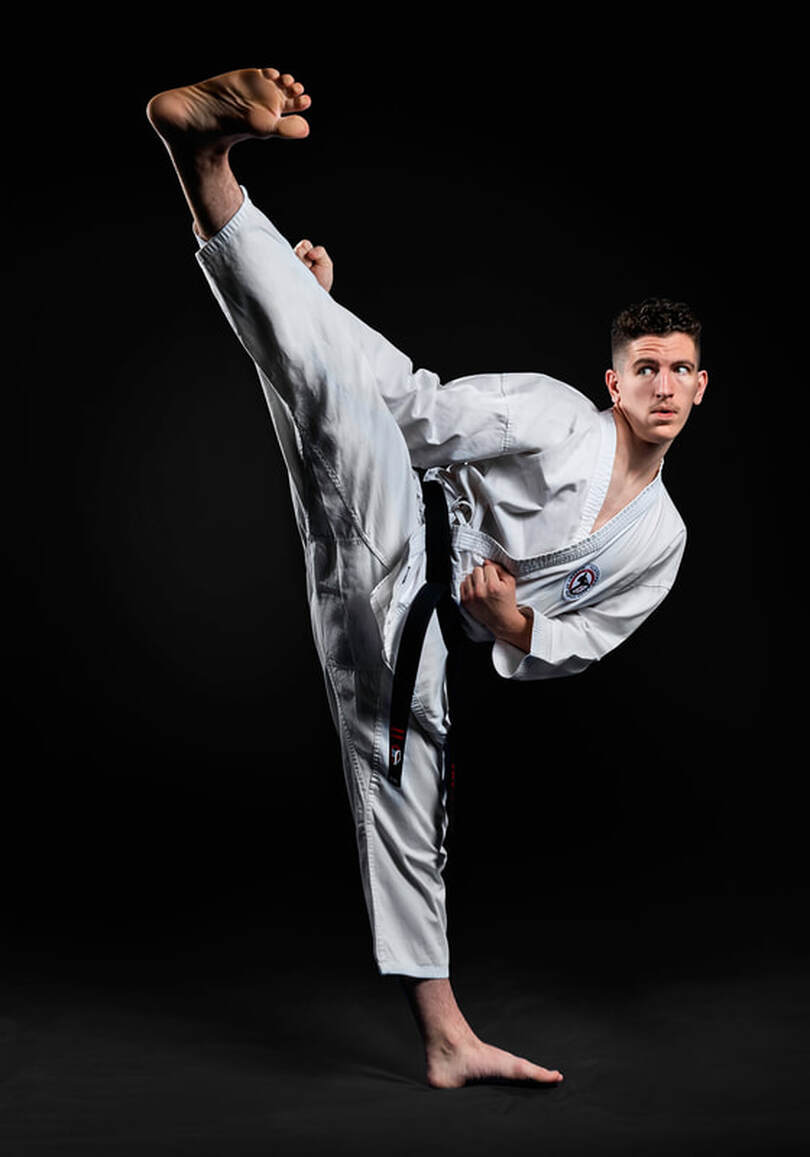the MOST practiced
STYLE of KARATE IN THE WORLD.
SHOTOKAN KARATE TRAINING CHARACTERISTICS:
Shotokan teaches self-defense through a series of KIHON (basics), KATA (forms) and KUMITE (sparring).
The art is known as a hard martial arts style (rather than soft) because it emphasizes strikes, long stances and sparring techniques. Higher belts also learn some grappling and jiu-jitsu style techniques.
Shotokan teaches self-defense through a series of KIHON (basics), KATA (forms) and KUMITE (sparring).
The art is known as a hard martial arts style (rather than soft) because it emphasizes strikes, long stances and sparring techniques. Higher belts also learn some grappling and jiu-jitsu style techniques.
Shotokan is a quick and powerful style that teaches to absorb the energy of the opponent and ruthlessly counter-attack from an angled position.
Practitioners are known for developing strong legs with extensive low and powerful stance training as well as strong and fast hands and kicks. Students are also known for developing great flexibility and variety in the arsenal of techniques they have acquired and the methodology by which they implement them.
Practitioners are known for developing strong legs with extensive low and powerful stance training as well as strong and fast hands and kicks. Students are also known for developing great flexibility and variety in the arsenal of techniques they have acquired and the methodology by which they implement them.
"Low stances are for beginners, natural movements for advanced"
~ Gichin Funakoshi "Father of Modern Karate"
In contrast to their physical ferocity, Shotokan practitioners are examples of correct and proper etiquette, and behavior Following the five main precepts of karate training set by Master Funakoshi in his Dojo-Kun basic code of conduct.
~ Gichin Funakoshi "Father of Modern Karate"
In contrast to their physical ferocity, Shotokan practitioners are examples of correct and proper etiquette, and behavior Following the five main precepts of karate training set by Master Funakoshi in his Dojo-Kun basic code of conduct.
At Claycomb Academy of Martial Arts in Fontana CA, We are proud to uphold the highest level of integrity and professionalism as taught by Master GIchin Funakoshi and our Chief Instructor Shihan Toshiatsu Sasaki. We strive to exemplify and follow the ideals and principles that makes Shotokan karate one of the most popular styles in the world.
GOALS OF SHOTOKAN KARATE TRAINING
Many of the goals of Shotokan can be found in Niju kun. Precept No. 12 states. "Do not think of winning. Think, rather, of not losing." This is an idea one could imagine another martial arts master, Helio Gracie, touting. Additionally, in "Karate-do: My Way of Life," Gichin Funakoshi remarks, "The ultimate aim of karate lies not in victory or defeat, but in the perfection of the character of the participant."
In combat, Shotokan is a striking style that emphasizes stopping an opponent with powerful kicks or punches quickly and without injury.
Many of the goals of Shotokan can be found in Niju kun. Precept No. 12 states. "Do not think of winning. Think, rather, of not losing." This is an idea one could imagine another martial arts master, Helio Gracie, touting. Additionally, in "Karate-do: My Way of Life," Gichin Funakoshi remarks, "The ultimate aim of karate lies not in victory or defeat, but in the perfection of the character of the participant."
In combat, Shotokan is a striking style that emphasizes stopping an opponent with powerful kicks or punches quickly and without injury.
FAMOUS PRACTITIONERS
In addition to Gichin Funakoshi and his third son, Yoshitaka Funakoshi, famous Shotokan karate practitioners include Yoshizo Machida, a master in the discipline and the father of UFC FIGHTER Lyoto Machida. Lyoto has shown the world just how effective Shotokan can be by winning the Ultimate Fighting Championship.
In addition to Gichin Funakoshi and his third son, Yoshitaka Funakoshi, famous Shotokan karate practitioners include Yoshizo Machida, a master in the discipline and the father of UFC FIGHTER Lyoto Machida. Lyoto has shown the world just how effective Shotokan can be by winning the Ultimate Fighting Championship.
